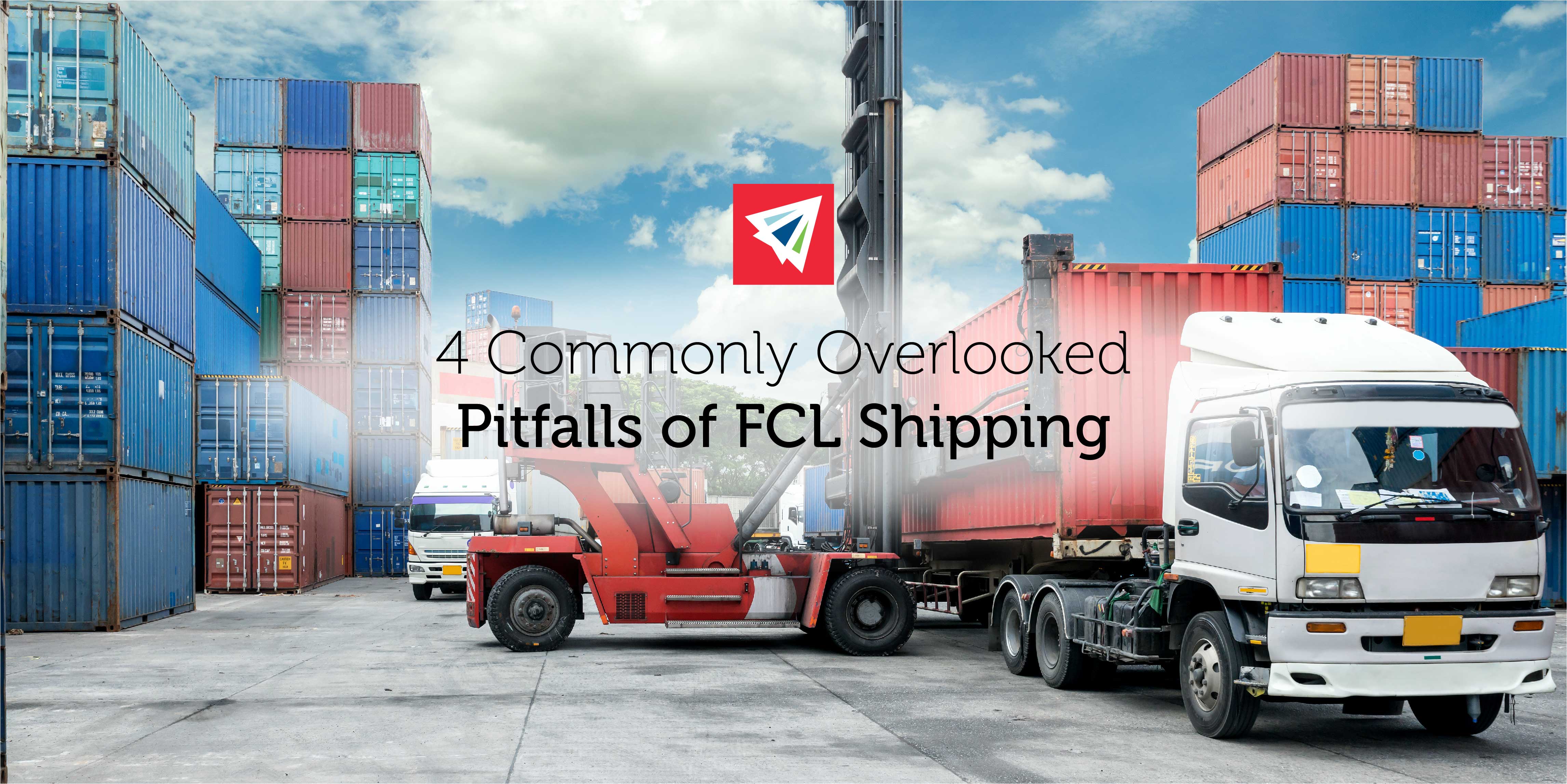When transporting any cargo internationally, you’re left with one huge decision: which shipping method will deliver freight on time for the best possible price with the least possible hassles. For those companies shipping sizeable cargo, “full container load” is often the best choice. It allows you to maximize your business profitability — at least as far as importing and exporting goes. But don’t overlook the most common pitfalls of FCL shipping.
Common Pitfalls of FCL Shipping
FCL isn’t a one-size-fits-all option, and many companies forget that it’s not always suitable for every one of their shipments. Tons of factors, including frequency and volume of shipping will impact whether or not it’s a good method for your business.
While there are a variety of benefits to FCL shipping, the following are some of the most common pitfalls of FCL shipping you may overlook when choosing this method:
Added Expense
When going this route, you’re booking a single container for transport from a shipping company. Unless your freight is roughly 15 cubic meters, the average size of a general-purpose container, it may not be the most cost-effective way of shipping your goods. The tipping point between Less-Than-Container-Load and Full-Container-Load shipping can be blurry sometimes, and whenever your cargo is near that line, it’s difficult to decide.
There are plenty of reasons one would book an FCL shipment even when their shipment takes drastically less space. However, overlooking the connection between available and needed container space is one of the common pitfalls of FCL shipping.
Late Fees
More often than not, you’ll be renting a container from the shipping company, and the rent will cover the cost of delivery to the destination. But that container must be returned to the container park. If there’s any delay in its return, you’ll be on the hook for additional fees. Check the agreement to verify the exact costs associated with potential delays in returning the container to the yard.
Storage Fees
Depending on the port, you can park your container for free or a set fee for anywhere from seven to 14 days. If you fail to move that container within the specified time, you’ll have to pay for a separate storage service, which can greatly increase the overall cost of delivering your goods.
Insurance Coverage
A lot can happen to your freight in transit, and insuring your goods is just good business sense. But do you have insurance for situations when your container damages other cargo, containers, or the vessel itself? You don’t want to be paying out of pocket for something that could be covered by insurance.
Conclusion
Keep in mind that LCL shipping isn’t all peaches and cream either! There are plenty of benefits and drawbacks to each method. Avoiding these pitfalls of FCL shipping is often a matter of planning. You need to double-check all the logistics surrounding your freight to ensure you’re making the right choice in shipping method. If you’d like to learn more about “full container load” shipping options, our team is more than willing to answer your questions.
If you have had issues with FCL shipping in the past, or are wondering if FCL or LCL shipping is a better choice for your company, call us at Interlog USA, Inc. and we would be happy to answer your questions!

One thought on “4 Commonly Overlooked Pitfalls of FCL Shipping”